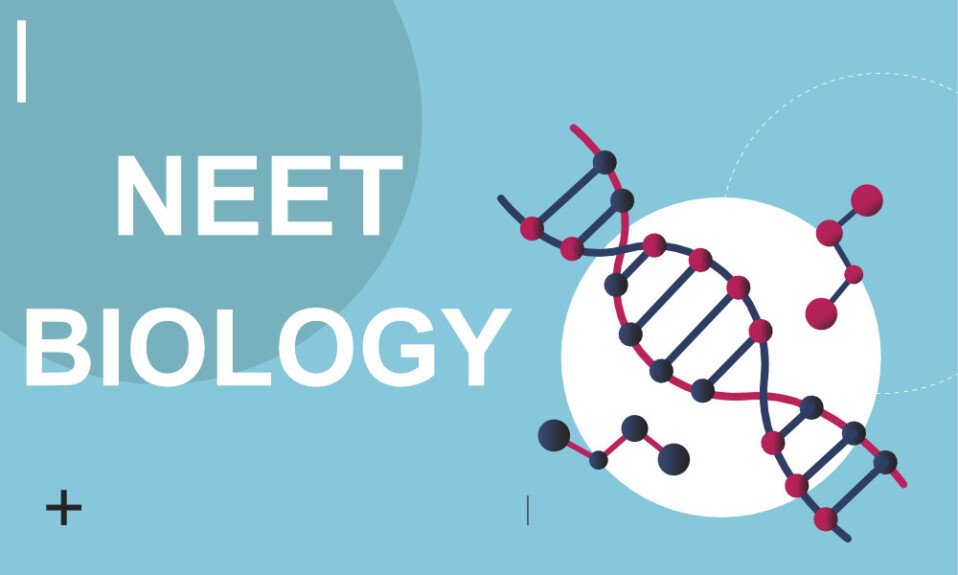1. Insect pollinated flowers usually posses____________
a. Sticky pollens with rough surface
b. Large quantities of pollens
c. Dry pollens with smooth surface
d. Light coloured pollens
Answer: a Sticky pollens with rough surface
2. In ovule, meiosis occurs in______________
a. Integument
b. Nucellus
c. Megaspore
d. Megaspore mother cell
Answer : d Megaspore mother cell
3. The ploidy level is NOT the same in____________
a. Integuments and nucellus
b. Root tip and shoot tip
c. Secondary nucleus and endosperm
d. Antipodals and synergids
Answer : c Secondary nucleus and endosperm
4. Which of the following types require pollination but result is genetically similar to autogamy?
a. Geitonogamy
b. Xenogamy
c. Apogamy
d. Cleistogamy
Answer : a Geitonogamy
5. If diploid chromosome number in a flowering plant is 12, then which one of the following will have 6 chromosomes?
a. Endosperm
b. Leaf cells
c. Cotyledons
d. Synergids
Answer : d Synergids
6. In angiosperms, endosperm is formed by/ due to___________
a. Free nuclear divisions of megaspore
b. polar nuclei
c. polar nuclei and male gamete
d. synergids and male gamete
Answer : c polar nuclei and male gamete
7. Point out the odd one____________
a. Nucellus
b. Embryo sac
c. Micropyle
d. Pollen grain
Answer : d.Pollen grain
8. Central body of ovule is called_______
a) hilum
b) nucellus
c) funicle
d) chalaza
Answer: b) nucellus
9. Movement of non motile male gamete upto the female gamete is known as__________
a) siphonogamy
b) triple fusion
c) syngamy
d) porogamy
Answer:a) siphonogamy
10. Embryo sac is_____________
a) megasporangium
b) megaspore
c) female gamete
d) female gametophyte
Answer:d) female gametophyte
11. Most common type of ovule in angiosperms is________
a) orthotropous
b) anatropous
c) campylotropous
d) amphitropous
Answer:b) anatropous
12. For formation of 50 seeds, how many minimum meiotic divisions are necessary ?
a) 50
b) 63
c) 25
d) 75
Answer: b) 63
13. In bisexual flowers, maturation of gynoecium before androecium is known as__________
a) protandry
b) monandry
c) protogyny
d) dicliny
Answer: c) protogyny
14. If the number of chromosomes in an endosperm cell is 27, what will be the chromo- some number in the definitive nucleus?
a) 9
b) 18
c) 27
d) 36
Answer: b) 18
15. Lever mechanism of pollination is observed in_________
a) Salvia
b) Jasmine
c) Bougainvillea
d) Butea
Answer: a) Salvia
16. Identify the wrong one from the following : In an orthotropous ovule_________
a) the micropyle and chalaza are in one straight line
b) the micropyle and funicle are in one straight line
c) the funicle, embryo sac, micropyle and style are all in one straight line
d) the funicle, chalaza, embryo sac, micropyle are not in one straight line
Answer: c) the funicle, embryo sac, micropyle and style are all in one straight line
17. Type of pollination in Vallisneria is_________
a) anemophily
b) hydrophily
c) ornithophily
d) entomophily
Answer: b) hydrophily
18. The product of syngamy leads to the formation of_________
a) endosperm
b) embryo
c) perisperm
d) cotyledon
Answer: b) embryo
19. In angiosperms, fertilization occurs________
a) in the stamen
b) when the male gamete fuses with an egg cell
c) on the outer surface of the ovary
d) some time after pollination
Answer: b) when the male gamete fuses with an egg cell
20. In Helobial type of endosperm development__________
a) first only nuclei divides
b) only first division is followed by cytokinesis
c) every nuclei division accompanied by cytokinesis
d) only second division is followed by auxin
Answer: b) only first division is followed by cytokinesis


